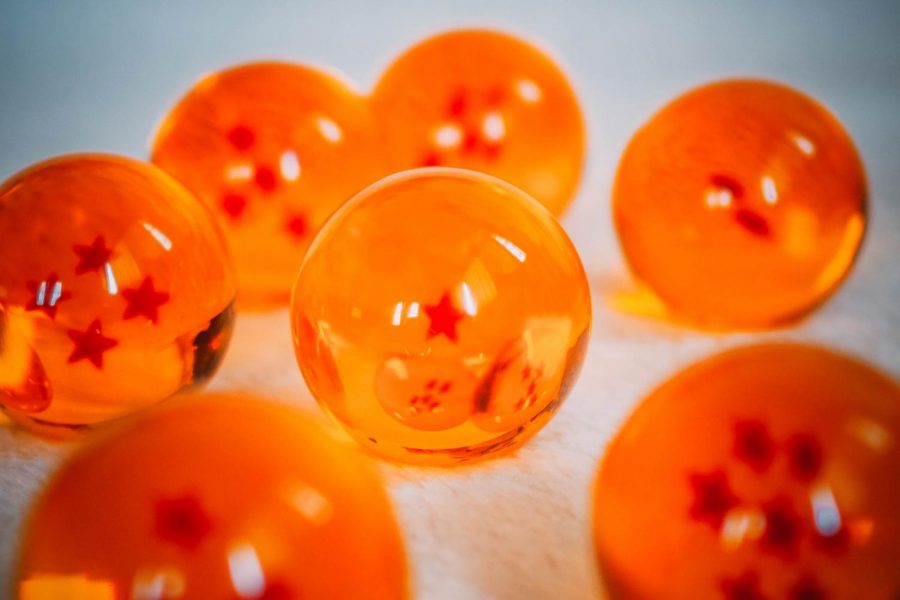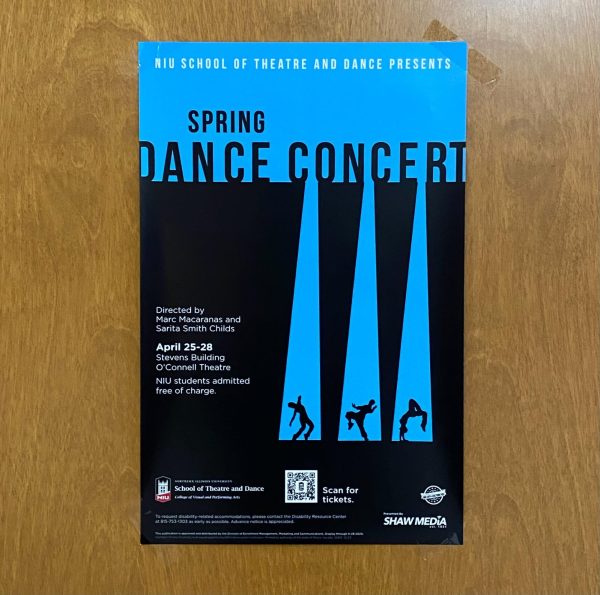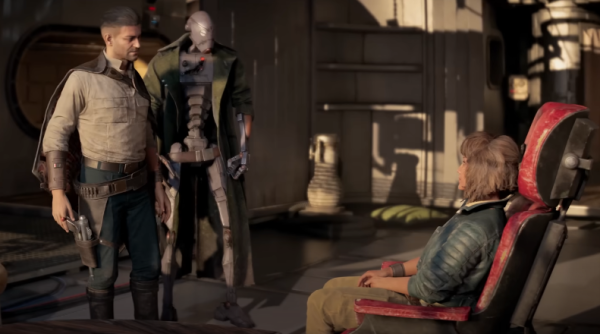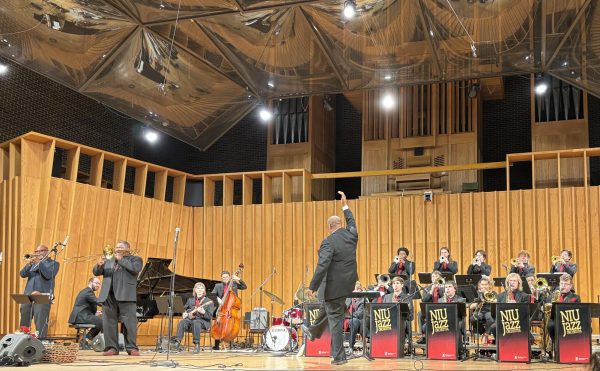A love letter to ‘Dragon Ball Z’
Dragon balls from the beloved “Dragon Ball Z” franchise.
November 6, 2021
Whether you’ve watched it or not, everyone has heard of “Dragon Ball Z.” With inspiring works like “One Piece,” “Yu Yu Hakusho” and “Naruto” in pop culture, you can’t mention anime without “Dragon Ball.”
The anime “Dragon Ball Z,” adapted from the second half of the manga of the same name by the original creator Akira Toriyama, follows Son Goku and his friends as they collect the mystical dragon balls and fight evil forces that threaten to destroy everything they hold dear. In order to do this, Goku and his friends have to first push through their own limitations.
Compared to the safe, family friendly and comedic cartoons that were on the air at the time, “Dragon Ball Z” felt brutal, destructive and epic. Gone were the formulas of conflicts showing up and being resolved in a 22-minute timespan. Instead, threats dominated the show with their presence and often brutalized the characters for episodes on end, which made the villains even more intimidating.
Toriyama is no stranger to emotional storytelling. Every emotion the characters express is felt by the audience, whether it be Goku’s carefree nature, Vegeta’s intense pride as a Saiyan or the hatred that drips from every word Freiza speaks. When the smoke clears from the gargantuan battles, it can give forth to some very human and touching moments; something people don’t expect from a genre like this.
At its roots, “Dragon Ball Z” is a simple story, but this actually works to its advantage rather than its detriment. You might have to watch hundreds of episodes in order to get the proper context to truly enjoy a certain show. Still, you can easily turn to a random episode of “Dragon Ball” and see buff fighters pulverizing each other and still enjoy the spectacle.
The art of “Dragon Ball Z” is definitely worth mentioning too. Taking visual cues from Toriyama’s spectacular art in the “Dragon Ball” manga, Staff Director Kozo Morishita took it up to 11 by increasing the destruction during fight scenes, further highlighting how powerful these characters, and by extension, their beliefs, are. Morishita also made use of the environments that the battles took place in to bathe the characters in an ominous natural light, which made the battles seem almost surreal and even more dangerous.
The most impactful aspect of “Dragon Ball Z” is its core message about hard work and self improvement. The characters are shown putting their blood, sweat and tears into attaining strength. When they transform, it represents a cathartic moment of becoming a new person, and that resonates with people who want to overcome trauma, fears or simply their own weaknesses.
With three series and multiple movies out, “Dragon Ball” won’t stop soon, but in the meantime, it has touched a lot of people’s hearts and will always be a classic.














